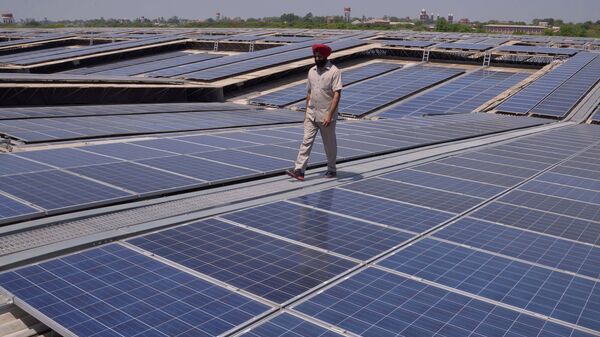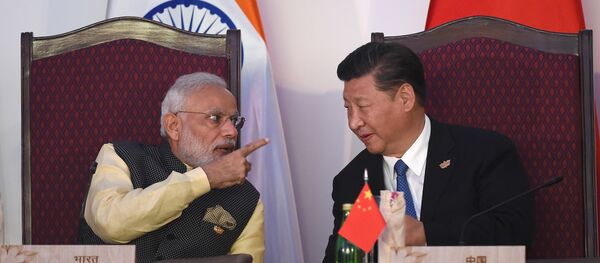“Solar energy production is currently reduced by ∼17−25% across these regions (India, China); with roughly equal contributions from ambient PM and PM deposited on photovoltaic surfaces. Reductions due to dust and anthropogenic PM are comparable in northern India, whereas over eastern China, anthropogenic PM dominates. On the basis of current solar generation capacity, PM is responsible for ∼1 and ∼11 GW of solar power reduction in India and China, respectively, underscoring the large role that PM plays in reducing solar power generation output,” the research paper said.
The study found that deposition of particulate matter on solar panel for a month reduced power generation by 50%. Particulate matter includes dust, black carbon, brown carbon and organic carbon from biomass burning and fossil fuel. The dust has less influence in reducing solar energy production compared with man-made particles, said the study published in the journal Environmental Science & Technology Letters.
It suggested that cleaning the panels is not enough, however, and especially in regions with large contributions from anthropogenic PM, emissions controls would also be needed to maximize solar energy generation.



